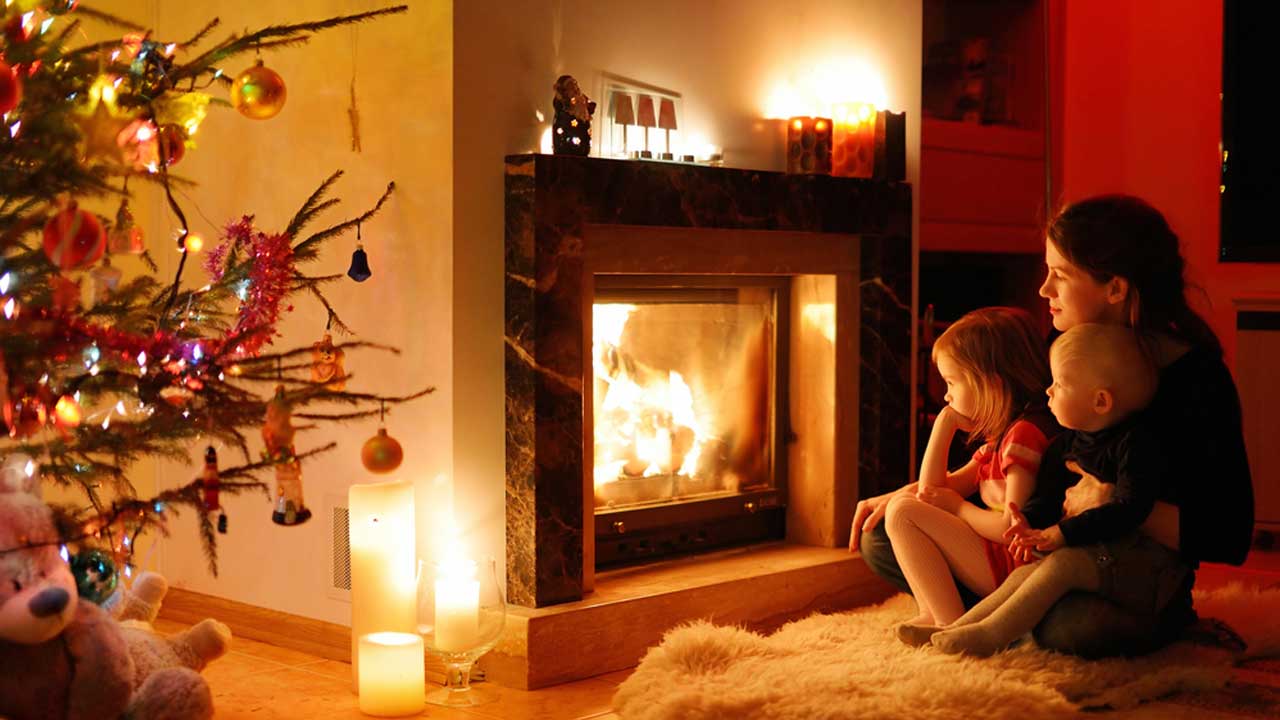

Articles
How To Baby Proof A Fireplace
Modified: January 23, 2024
Learn effective techniques and tips for baby proofing your fireplace with our informative articles. Ensure your home is safe for your little ones.
(Many of the links in this article redirect to a specific reviewed product. Your purchase of these products through affiliate links helps to generate commission for Storables.com, at no extra cost. Learn more)
Introduction
Welcome to our comprehensive guide on how to baby-proof a fireplace. As a loving parent or caregiver, the safety and well-being of your child are paramount, and it is crucial to take all necessary precautions to protect them from potential hazards. Fireplaces can pose a significant danger to curious and adventurous little ones, but with the right safety measures in place, you can create a child-friendly environment while still enjoying the warmth and ambiance of your fireplace.
Before we dive into the various steps and equipment involved in baby-proofing a fireplace, let’s first understand why it is so important. Fireplaces are a source of heat and flames, which can cause severe burns and injuries if a child comes into direct contact with them. Additionally, the area around a fireplace may contain sharp edges, heavy objects, or hot ashes, all of which pose their own set of risks.
The key to baby-proofing your fireplace is a combination of careful assessment, choosing the right safety equipment, and implementing a few smart strategies. By following these steps, you can ensure a secure environment for your little one to explore while giving yourself peace of mind. So, without further ado, let’s get started on creating a safe haven around your fireplace.
Key Takeaways:
- Baby-proofing a fireplace involves assessing risks, installing safety equipment, and creating a child-friendly hearth. Regular maintenance and supervision are essential for ongoing safety and peace of mind.
- The key to baby-proofing a fireplace is a combination of careful assessment, choosing the right safety equipment, and implementing smart strategies. By following these steps, you can ensure a secure environment for your little one to explore while giving yourself peace of mind.
Read more: How To Baby-Proof A Brick Fireplace
Assessing the Risks
Before you begin the process of baby-proofing your fireplace, it is essential to assess the specific risks associated with your particular setup. Every fireplace is unique, and understanding the potential dangers will help you determine the necessary safety measures to implement.
Start by examining the structure and design of your fireplace. Take note of any sharp edges, loose bricks, or protruding parts that could cause injury to your child. Additionally, check for any potential tripping hazards in the surrounding area, such as rugs or cords.
Next, consider the materials used around the fireplace. Are there any flammable objects nearby? Take into account the position of furniture, curtains, and other combustible items. Clearing the vicinity of any potential fire hazards is crucial to ensuring the safety of your child.
Another important aspect to evaluate is accessibility. How easily can your child approach the fireplace? Are there any obstacles or barriers in place? Understanding the accessibility of the fireplace will help determine what level of security measures are required.
Finally, examine the overall condition of your fireplace, including the chimney and flue. Ensure that it is well-maintained and in proper working order. Any structural or functional issues could pose additional dangers to your child.
By thoroughly assessing the risks associated with your specific fireplace, you will be better equipped to address them effectively. This evaluation process will pave the way for implementing the necessary safety measures, making your home a safer environment for your child to explore.
Fireplace Safety Equipment
When it comes to baby-proofing a fireplace, having the right safety equipment is essential. These specialized products are designed to minimize the potential dangers and create a secure barrier between your child and the fireplace. Let’s explore some of the key safety equipment options:
- Fireplace Hearth Gate: A hearth gate is a protective barrier that surrounds the fireplace, creating a barrier between your child and the flames. It usually consists of heat-resistant materials and can be configured in different shapes and sizes to fit your specific fireplace setup. Look for a gate that is sturdy, easy to install, and meets safety standards.
- Fireplace Screen: An essential piece of safety equipment is a fireplace screen. It acts as a protective shield, preventing your child from touching the hot surface of the fireplace. Look for a screen that is made of durable materials and securely fits your fireplace. Ensure that it is easy to open and close for when you want to tend to the fire.
- Corner Guards and Edge Protectors: Depending on the design of your fireplace, you may need to consider installing corner guards or edge protectors to cushion any sharp edges or corners. These can help prevent injuries if your child accidentally bumps into them.
- Fireplace Door Lock: If your fireplace has glass doors, it is important to install a fireplace door lock. This will prevent your child from opening the doors and potentially getting too close to the fire. Make sure to choose a lock that is both secure and easy to operate for adults.
- Fireplace Tools: Keep all fireplace tools, such as pokers and tongs, out of your child’s reach. Store them in a secure location or invest in a tool rack that is inaccessible to little hands.
These are just a few examples of the safety equipment available to safeguard your child around the fireplace. Remember, always choose products that meet safety standards, are of high quality, and fit your specific fireplace requirements. By utilizing the appropriate safety equipment, you can create a protective barrier and minimize the potential dangers associated with your fireplace.
Installing a Hearth Gate
One of the most effective ways to baby-proof your fireplace is by installing a hearth gate. A hearth gate acts as a physical barrier, preventing your child from accessing the fireplace area. Here’s a step-by-step guide to help you install a hearth gate:
- Measure the Area: Begin by measuring the length and width of the fireplace area where you intend to install the gate. This will allow you to choose a gate that properly fits the space.
- Select a Gate: There are various types of hearth gates available, including freestanding gates, wall-mounted gates, and configurable gates. Choose one that suits your preference and meets your specific needs.
- Prep the Area: Clear the area around the fireplace, removing any furniture or obstacles that may obstruct the installation process.
- Attach Mounting Hardware: If you have opted for a wall-mounted gate, attach the mounting hardware according to the manufacturer’s instructions. Use a level to ensure that the gate will be installed straight.
- Secure the Gate: Position the gate in place, ensuring that it is properly aligned and securely attached to the mounting hardware or to itself if it’s a freestanding gate. Make any necessary adjustments to ensure a snug fit.
- Test the Security: Give the gate a gentle push to verify that it is stable and secure. Check if it withstands pressure and cannot be easily dislodged or knocked over.
- Educate Your Child: Once the gate is installed, take the time to educate your child about its purpose and reinforce that they are not allowed to climb or open it. Supervise them closely around the hearth gate to ensure their safety.
It’s important to note that a hearth gate is only effective when used correctly. Never leave your child unattended near the fireplace, even with the gate in place. Regularly inspect the gate for any signs of wear or damage and make any necessary adjustments or repairs immediately. By properly installing a hearth gate, you can create a secure barrier that will help keep your child safely away from the fireplace area.
Securing the Fireplace Screen
A fireplace screen is an essential safety feature that helps protect your child from direct contact with the hot surface of the fireplace. To ensure maximum effectiveness, it’s important to securely install and maintain the fireplace screen. Here’s how you can do it:
- Choose the Right Screen: Select a fireplace screen that fits your fireplace dimensions and provides adequate coverage. Ensure that the screen is made of sturdy materials, such as metal or tempered glass, to withstand heat and potential impacts.
- Measure the Fireplace Opening: Measure the width and height of the fireplace opening to determine the appropriate size for your screen. Consider leaving a few inches of overhang on each side to provide a better barrier.
- Install the Screen: Carefully place the screen in front of the fireplace, ensuring that it covers the entire opening. If the screen has legs, make sure they are securely placed on the hearth or floor to prevent any wobbling or instability.
- Check for Stability: Give the screen a gentle shake to ensure that it is stable and properly positioned. Make any necessary adjustments to ensure a snug fit.
- Anchor the Screen (Optional): For added security, consider anchoring the screen to the wall or floor. This can be done by using brackets or straps specifically designed for this purpose. Check the manufacturer’s instructions for guidelines on anchoring the screen.
- Regularly Inspect the Screen: Routinely inspect the screen for any signs of wear, damage, or loose parts. If you notice any issues, repair or replace the screen immediately to maintain its effectiveness.
- Keep the Area Clear: Remember to keep flammable objects and combustible materials, such as curtains or furniture, a safe distance away from the fireplace. This will minimize any potential fire hazards.
By securely installing and maintaining your fireplace screen, you can significantly reduce the risk of your child coming into contact with the hot surface. However, it’s important to remember that a screen is not a foolproof barrier, and adult supervision is always necessary around the fireplace. Regularly educate your child about the dangers of the fireplace and reinforce the importance of staying away from it.
Install a fireplace gate or screen to create a physical barrier between your baby and the fireplace. This will prevent them from getting too close and touching the hot surfaces.
Read more: How To Baby Proof A Balcony
Clearing the Surrounding Area
Clearing the surrounding area of your fireplace is essential for creating a safe environment for your child. By removing potential hazards and keeping the area free from clutter, you can minimize the risk of accidents and injuries. Here are some steps to help you clear the surrounding area:
- Remove Flammable Objects: Take a careful look around the fireplace and remove any flammable objects or materials, such as paper, cardboard, or fabrics. These can easily catch fire if they come into contact with sparks or flames.
- Secure Cords and Wires: Check for any electrical cords or wires that may be within reach of your child. Use cable management solutions to secure and hide cords, preventing your child from pulling on them.
- Secure Furniture: Ensure that any furniture near the fireplace is stable and secure. Anchor bookshelves, cabinets, or stands to the wall to prevent them from tipping over if your child tries to climb on them.
- Childproof Outlets: If there are electrical outlets in the area, install outlet covers or safety plugs to prevent your child from inserting objects into them.
- Store Fireplace Tools: Keep all fireplace tools, such as pokers and tongs, out of your child’s reach. Store them in a secure location, such as a locked cabinet or a high shelf, after each use.
- Secure Decorative Items: If you have any decorative items, such as vases or sculptures, on or around the fireplace, ensure that they are stable and cannot be easily knocked over by your child.
- Keep the Area Clean: Regularly clean the fireplace and the surrounding area, removing any ashes, debris, or sharp objects. This will help prevent accidental injuries or cuts.
By clearing the surrounding area of your fireplace, you can create a safer space for your child to explore. Regularly inspect the area and make sure it remains free from potential hazards. Remember that supervision is crucial whenever your child is near the fireplace, even with the area cleared and safety measures in place. Taking these proactive steps will significantly reduce the risk of accidents and create a child-friendly and secure environment.
Creating a Baby-Friendly Hearth
Creating a baby-friendly hearth goes beyond just adding safety equipment and clearing the surrounding area. It involves making thoughtful modifications to ensure that the entire fireplace area is safe for your little one. Here are some tips on how to create a baby-friendly hearth:
- Add Soft Cushions: Consider placing soft cushions or padding around the hearth to provide a cushioned surface. This will help prevent injuries in case your child accidentally trips or falls near the fireplace.
- Use Corner Guards: Attach corner guards to any sharp edges or corners of the hearth to protect your child from bumping into them. These guards are typically made of soft, impact-resistant materials.
- Place a Non-Slip Rug: If you have a rug near the fireplace, ensure that it has a non-slip backing or use rug grippers to secure it in place. This will reduce the risk of your child slipping or tripping on the rug.
- Install Hearth Cushion: Consider installing a hearth cushion that covers the entire hearth, providing a padded surface for your child to sit or play on. Ensure that the cushion is secured tightly to prevent it from shifting.
- Use Fireplace Insulation: Apply fireplace insulation to any exposed surfaces, such as the hearth or surrounding walls, to prevent accidental burns. Insulation materials are heat-resistant and can create a protective barrier.
- Secure Cordless Window Coverings: If you have window coverings near the fireplace, ensure they are cordless to prevent any risk of strangulation. Use cord cleats or cord wraps to keep cords safely out of your child’s reach.
- Install Safety Gates: Consider installing safety gates in other areas of your home to limit your child’s access to the fireplace when you’re not present. This extra layer of security can provide peace of mind.
By implementing these measures, you can transform your hearth into a safe and baby-friendly space. Regularly inspect and maintain the modifications to ensure their effectiveness. However, always remember that supervision is crucial whenever your child is near the fireplace, regardless of the safety measures in place. With a baby-friendly hearth, you can create an environment where your child can safely explore and you can enjoy the warmth and comfort of your fireplace.
Regular Maintenance and Inspection
Regular maintenance and inspection of your fireplace are crucial to ensure its ongoing safety and functionality. By keeping up with maintenance tasks and conducting routine inspections, you can address any potential issues before they become major hazards. Here are some important steps to follow:
- Clean the Fireplace: Regularly clean your fireplace, removing any ash, debris, or soot buildup. This will help maintain proper airflow and prevent any blockage that could lead to smoke or fire hazards.
- Check for Cracks or Damage: Inspect the fireplace, chimney, and hearth for any cracks or signs of damage. Cracks can weaken the structure and increase the risk of fire or collapse. If you notice any issues, contact a professional for repair or maintenance.
- Inspect Chimney and Flue: Schedule regular inspections and cleanings by a professional chimney sweep to remove any creosote buildup, which can lead to chimney fires. They will also inspect the flue for obstructions or damage that could hinder proper ventilation.
- Ensure Proper Ventilation: Adequate ventilation is essential for fireplace safety. Check that the vents and dampers are functioning properly and are free from any obstructions.
- Test Smoke and Carbon Monoxide Detectors: Install smoke detectors and carbon monoxide detectors near the fireplace and regularly test them to ensure they are in good working order. Replace batteries as needed.
- Keep Fire Extinguishers Handy: Have a fire extinguisher readily available near the fireplace and ensure that you and other family members know how to use it. Regularly check the expiration date and replace if necessary.
- Examine Safety Equipment: Inspect the hearth gate, fireplace screen, and any other safety equipment for signs of wear, damage, or loose parts. Repair or replace any faulty equipment immediately.
- Review Safety Guidelines: Periodically review fireplace safety guidelines with your family members, especially children. Remind them of the importance of never leaving the fireplace unattended and keeping a safe distance from it.
By incorporating regular maintenance and inspection into your fireplace care routine, you can stay ahead of any potential risks and ensure the continued safety of your family. If you are unsure about any aspect of fireplace maintenance, it’s always best to consult a professional who can provide expert advice and assistance. Your diligence in regular maintenance and inspection will contribute to a safer and more enjoyable fireplace experience.
Conclusion
Baby-proofing a fireplace is an important step in ensuring the safety of your little one. By implementing the right safety measures and taking proactive steps, you can create a secure environment while enjoying the warmth and beauty of your fireplace. Throughout this guide, we have explored various steps to help you baby-proof your fireplace and create a child-friendly hearth.
Assessing the risks associated with your specific fireplace setup is the first crucial step. Understanding the potential dangers will guide you in choosing the appropriate safety equipment, such as hearth gates, fireplace screens, and corner guards. Clearing the surrounding area of any flammable objects or potential hazards, securing cords, and anchoring furniture are essential in maintaining a safe space.
Installing a hearth gate provides a physical barrier, while securing the fireplace screen adds an additional layer of protection. Creating a baby-friendly hearth involves adding soft cushions, utilizing corner guards, and employing non-slip rugs. Regular maintenance and inspection of your fireplace, including cleaning, checking for cracks or damage, inspecting the chimney and flue, and maintaining safety equipment, are crucial in ensuring ongoing safety.
In conclusion, by combining these steps and maintaining a vigilant eye on your child’s activities around the fireplace, you can create a safe and enjoyable environment for the entire family. Remember, fireplace safety is an ongoing process, and it’s important to regularly review and update your safety measures as your child grows. With the right precautions in place, you can enjoy peace of mind while enjoying the cozy ambiance of your fireplace.
Frequently Asked Questions about How To Baby Proof A Fireplace
Was this page helpful?
At Storables.com, we guarantee accurate and reliable information. Our content, validated by Expert Board Contributors, is crafted following stringent Editorial Policies. We're committed to providing you with well-researched, expert-backed insights for all your informational needs.
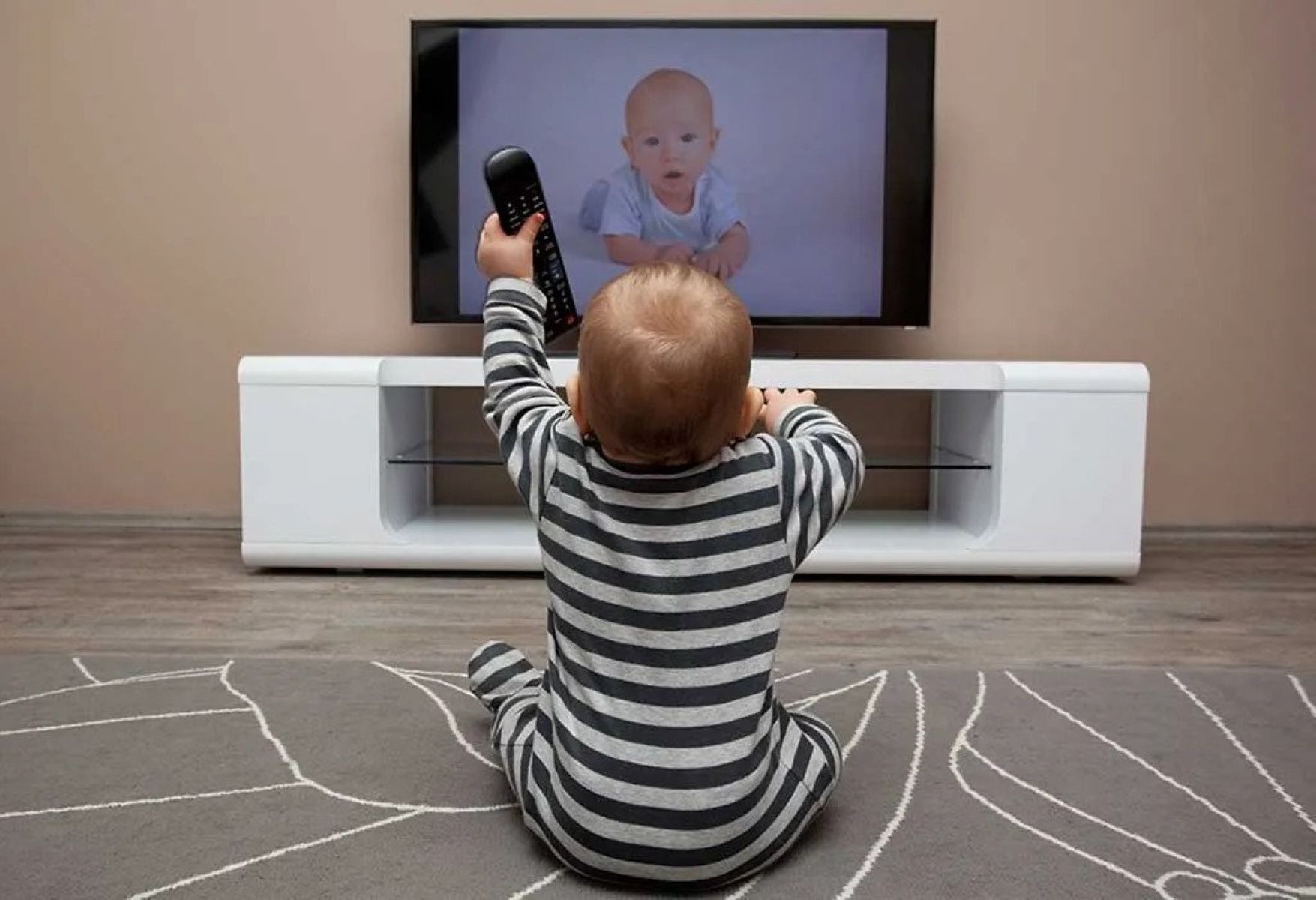
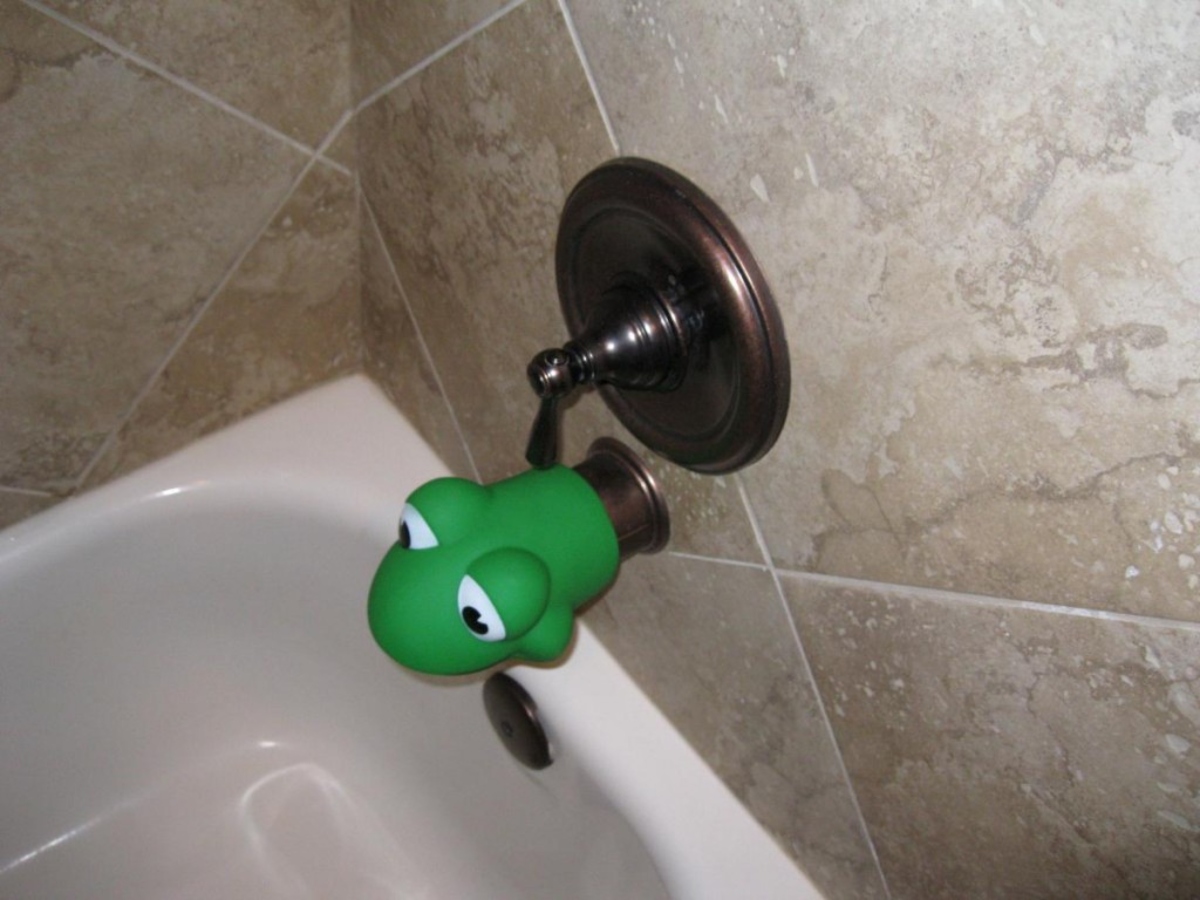
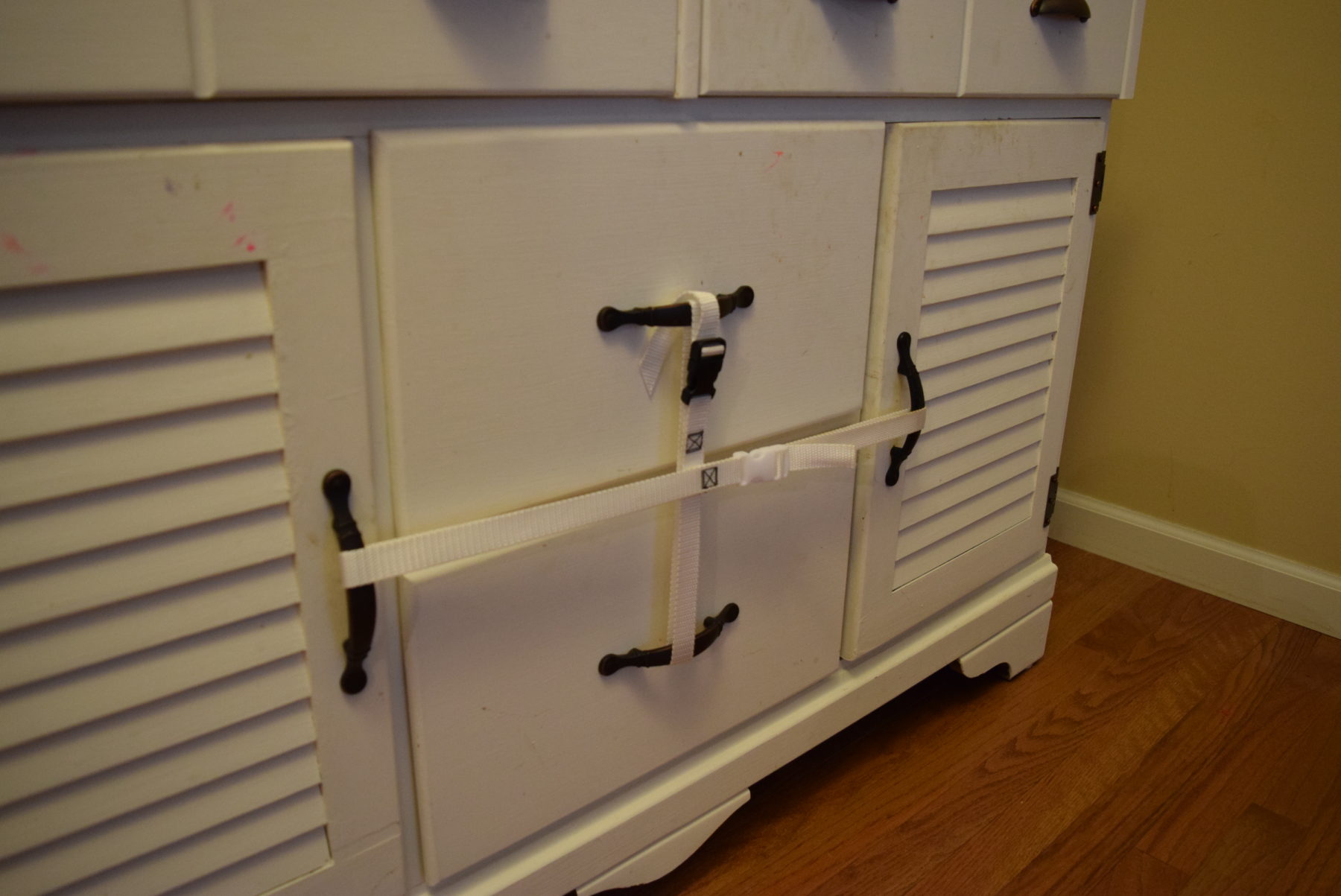
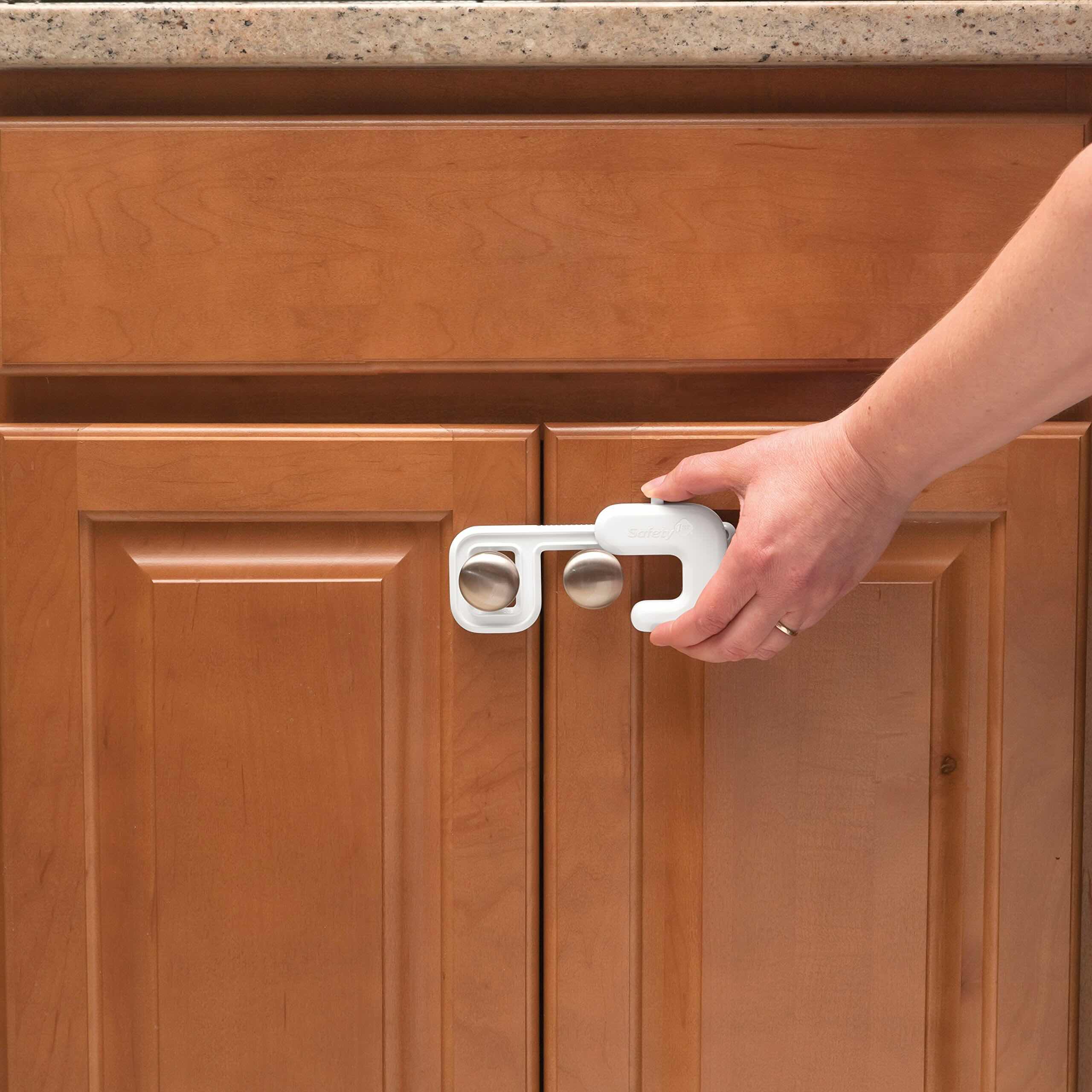

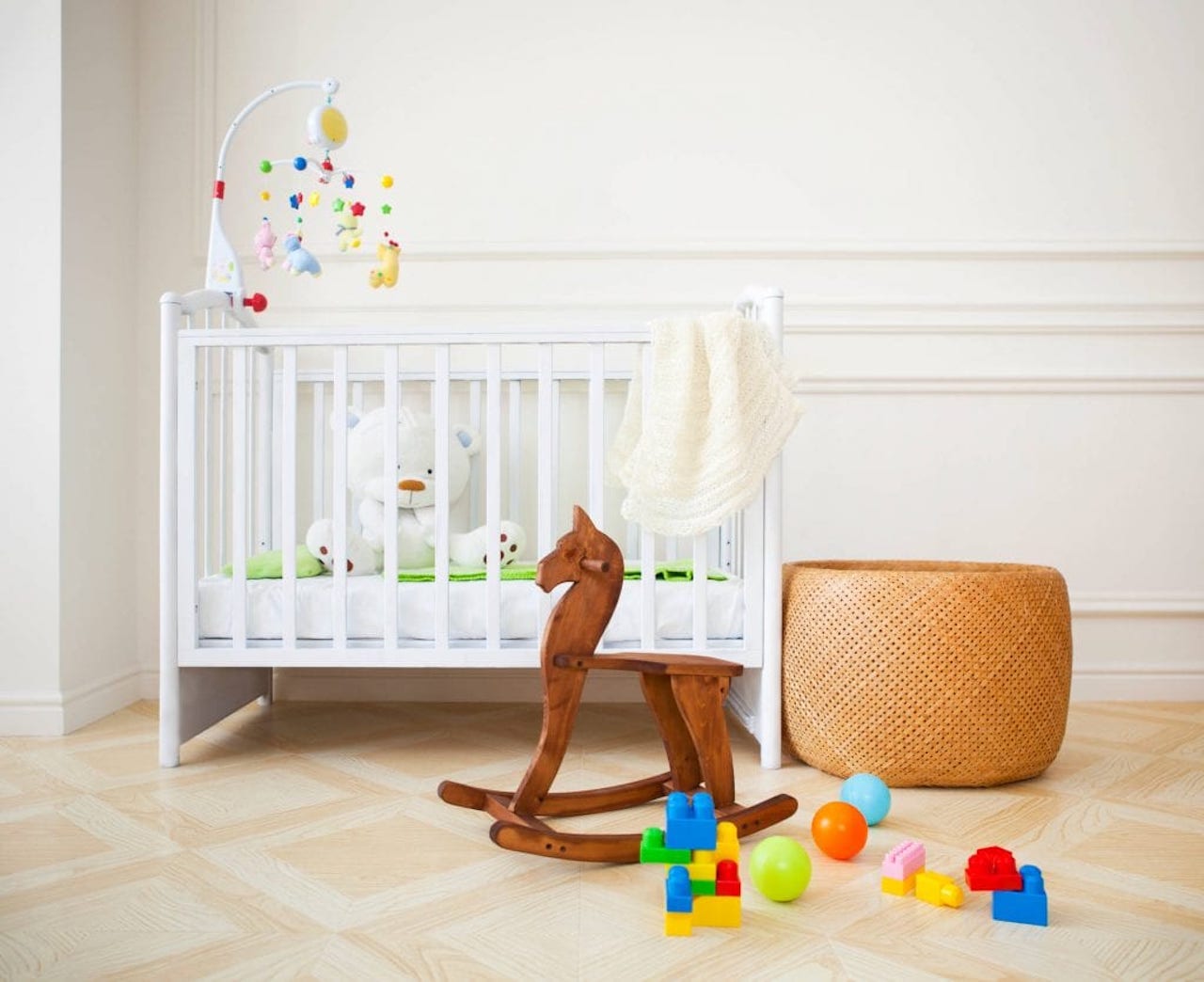
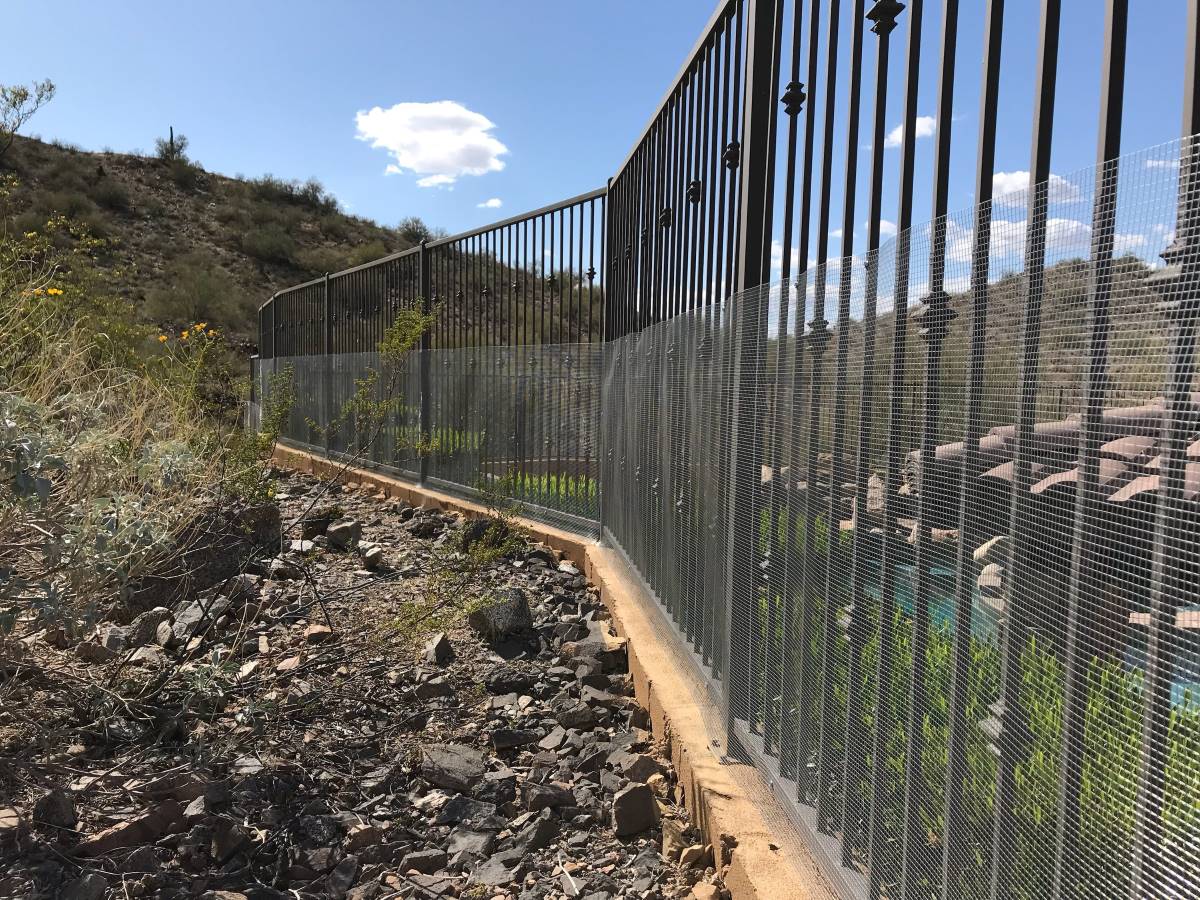
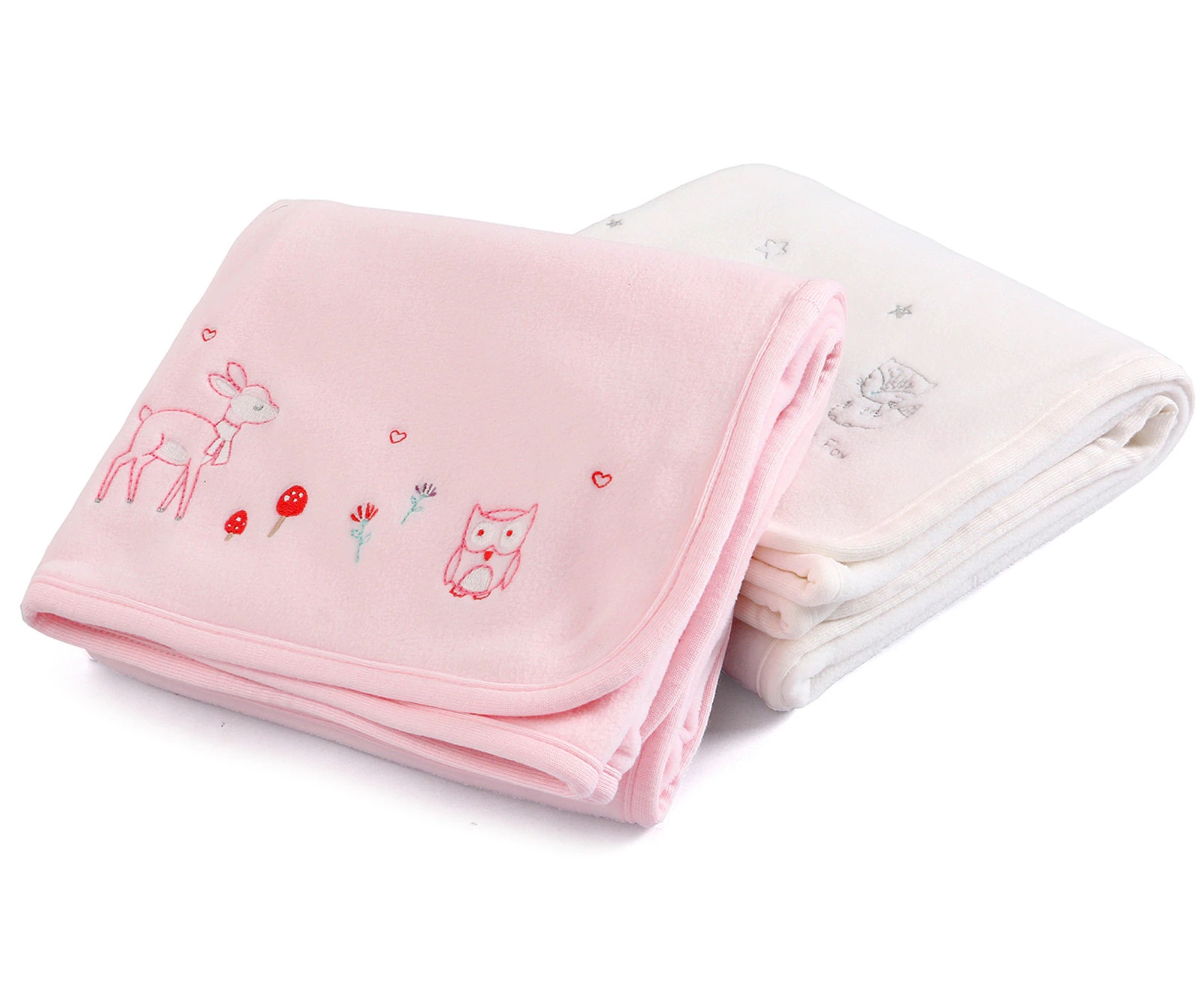
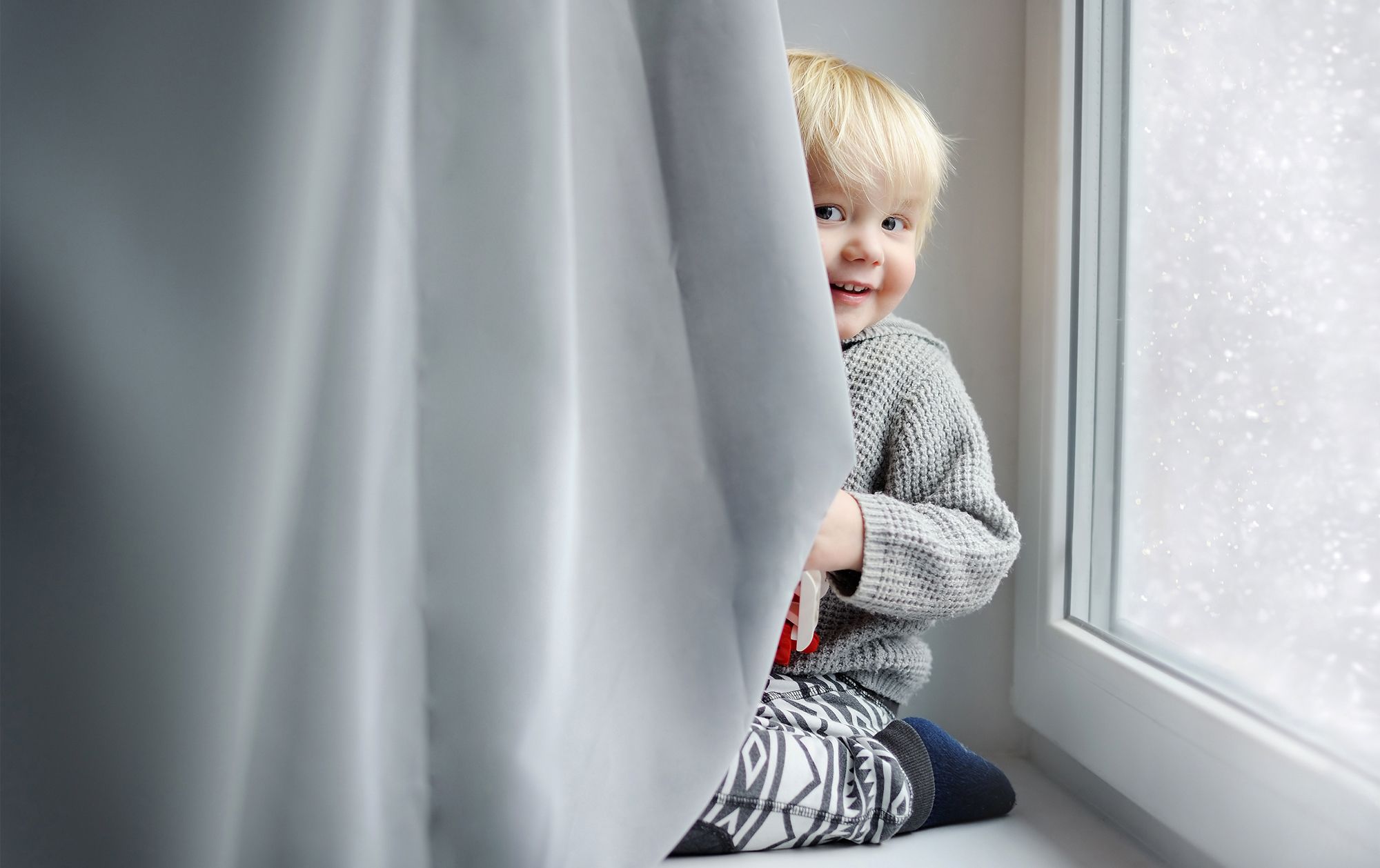


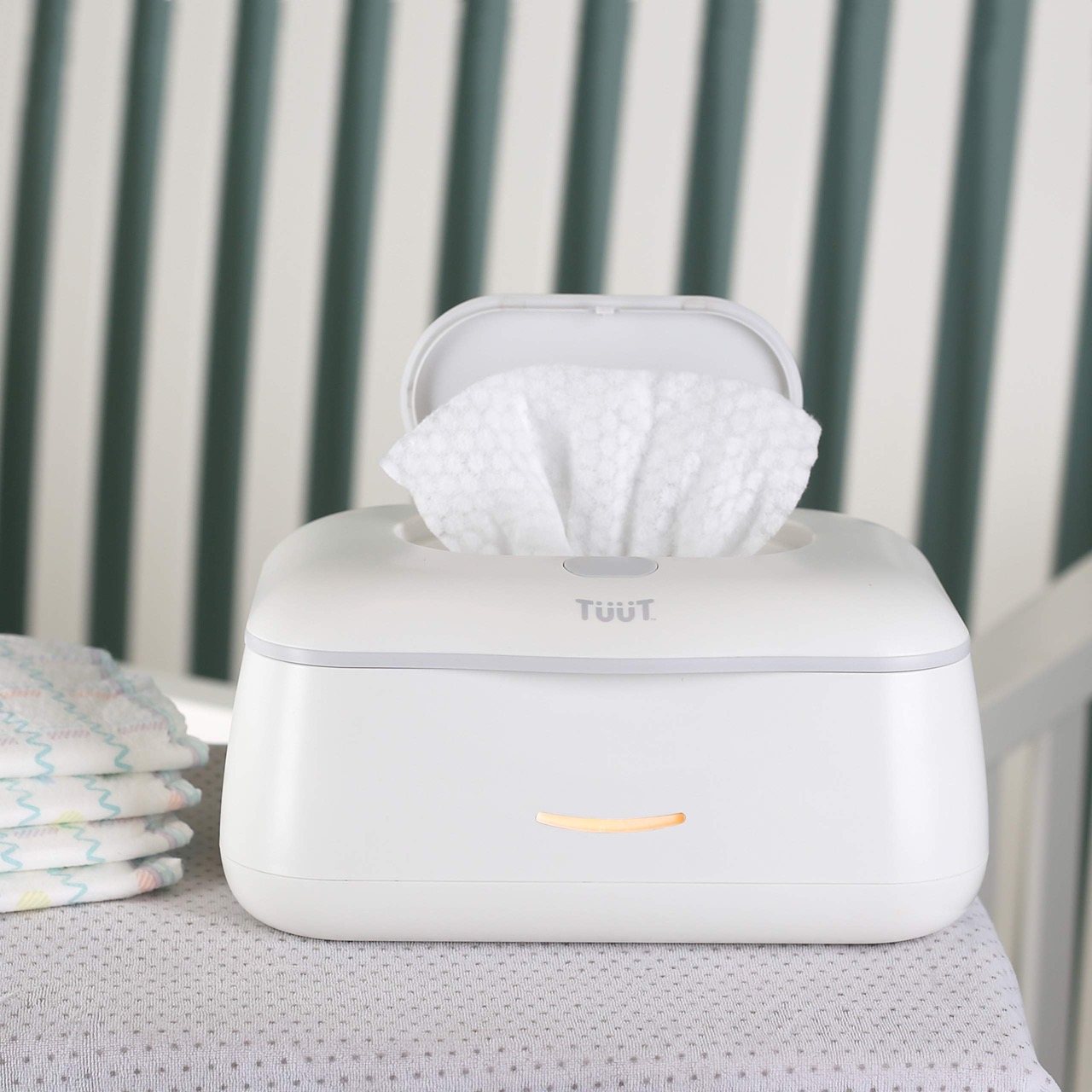

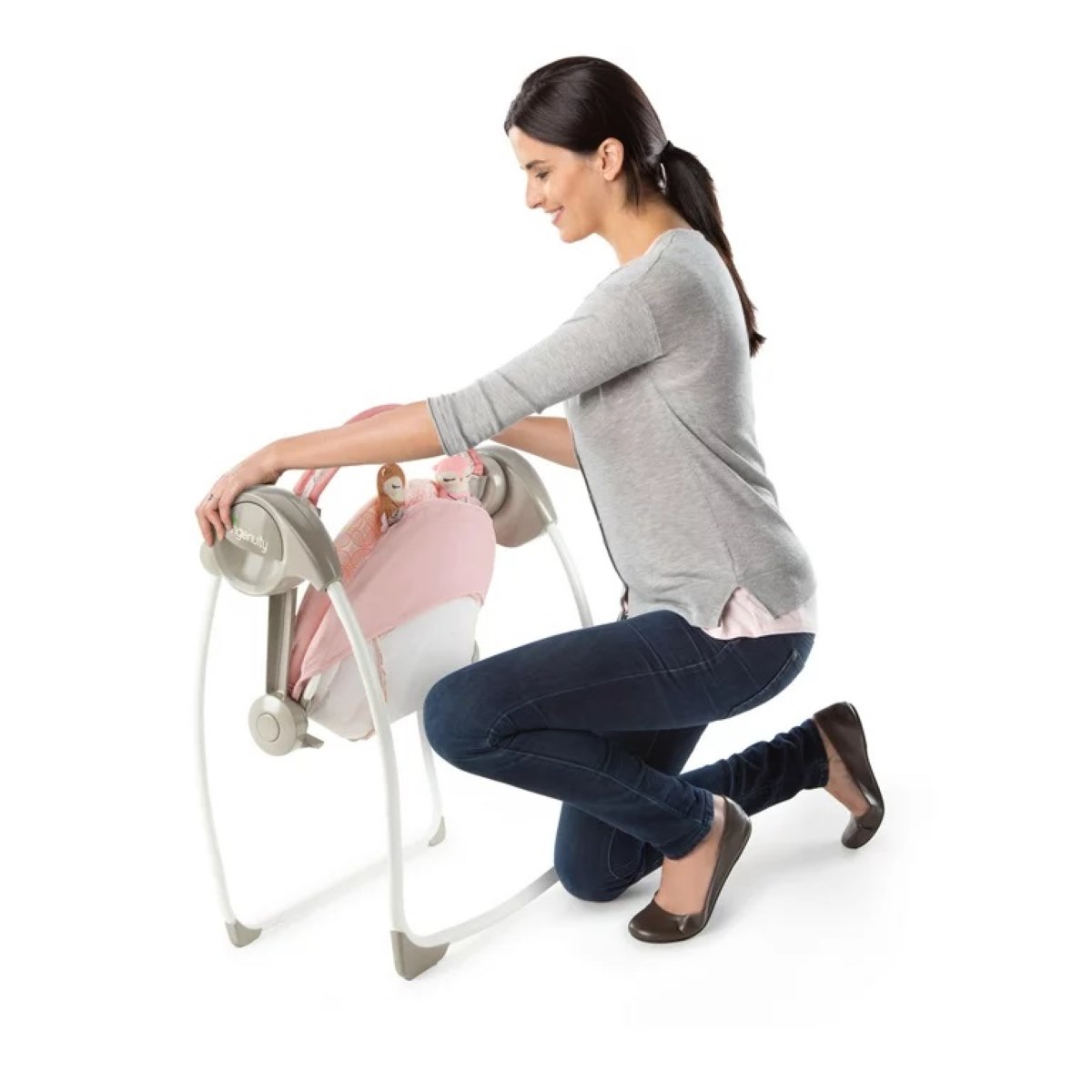

0 thoughts on “How To Baby Proof A Fireplace”